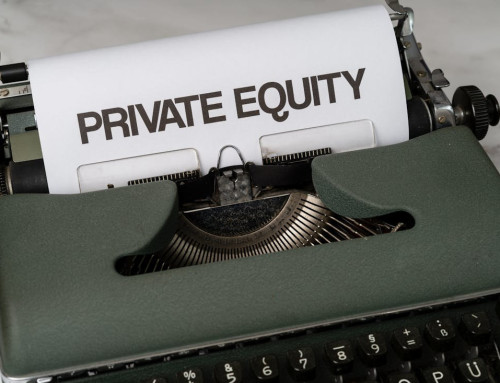As an entrepreneur, you’ve probably experienced plenty of rejection by now. You’re used to hearing the word “no,” but you wouldn’t be where you are today if you weren’t persistent in your ventures. Just as you’ve overcome rejection from prospective clients, investors, vendors, and more, you can apply that same resilience to overcoming a rejection from a small business lender.
To get the best possible result from your future loan applications, let’s take a look at some of the main reasons your initial small business loan may have been rejected (and how you can improve them for next time):
Choosing the wrong lender
Since the recession, traditional banks have tightened their lending standards, making it more difficult for small businesses to get approved. Fortunately, there are alternative ways to acquire funding.
Take a look at online lenders and the different loan products they provide. While they still look into your eligibility, many alternative lenders have less-restrictive standards, so small business borrowers have a greater chance of getting approved for a loan. Online lenders also require less paperwork, so they are the way to go if you need money right away.
For your next time around, take your time researching all the available loan types and apply for the one that would best suit you and your business needs. If the bank has told you no, give online lenders a try.
Having poor credit
Lenders heavily rely on your personal and business credit history when determining your loan eligibility. If a low credit score is the reason your application was denied, improving it could help turn a no into a yes.

Improving either of these scores will be no overnight fix, but there is a few ways to give them a quick boost. Remember to check your credit reports frequently with all major credit reporting agencies—and make sure there are no errors on your credit report. Errors are surprisingly common in credit reporting, and they could be one of the reasons you have a low score to begin with. If you can detect and remove any errors, you will see a significant boost to your score.
Raising your credit limit and paying down your balances will also help. But most importantly, make sure each one of your bills is paid on time. Delinquent payments will not reflect well on your credit score and could greatly damage your chances of being approved for a loan by any type of lender.
Lack of cash flow
Even with great credit, a lender will be hesitant to offer a loan if your company has little to no cash flow. Lenders want to see that you have enough money to cover the business expenses, monthly loan payments, and still have a little left over. If your margin is too tight, it could be a red flag for lenders because it leaves no room for any unexpected expenses that tend to come up in business.
To turn a no into a yes, you need to increase your cash flow. The best way to do this is to collect your receivables quickly, and slow down your payables. You could also increase your cash flow by offering discounts to early payers, or by requiring down payments from new clients.
The other thing to consider are the financials that represent your cash flow. For example, many lenders will ask to see your business bank statements. If you have a history of NSFs or keep your balance close to $0, this is a red flag to lenders. If you want to turn a no into a yes, keep a better eye on your bank account and make sure it truly reflects the amount of cash coming into your business.
Lack of business plan
Without a well-prepared business plan, lenders can’t be confident in you as a borrower. Lenders want to see how you are planning on using their loan and your revenue projections. If you want to turn a no into a yes, a well thought out business plan is crucial.

Your business plan should explain the resources you will need to achieve your desired business goals and the associated costs. The planned uses for the loan should be well thought out and researched. It should also list how the business generates revenue and, most importantly, explain how you plan to repay the loan.
Inadequate collateral
Lenders want to protect themselves, so in order to secure a loan, you may be asked to put up some collateral. Having collateral puts the lender’s mind at ease if your business is, unfortunately, not as successful as you originally anticipated.
Lender’s will not lend you money if they have no guarantee of repayment on their loan. If your loan agreement requires collateral, you may need to offer property unrelated to your business, such as your home or car, as potential repayment in the event that your business is unable to cover loan payments.
Although each of the above could influence your lender’s decision, the best thing you can do is ask. And, don’t accept a general answer. Try to get as much specific information as possible from your lenders on why your application was denied so you know exactly where you need to turn your focus.
Every lender is different, so don’t assume you know the answer!






